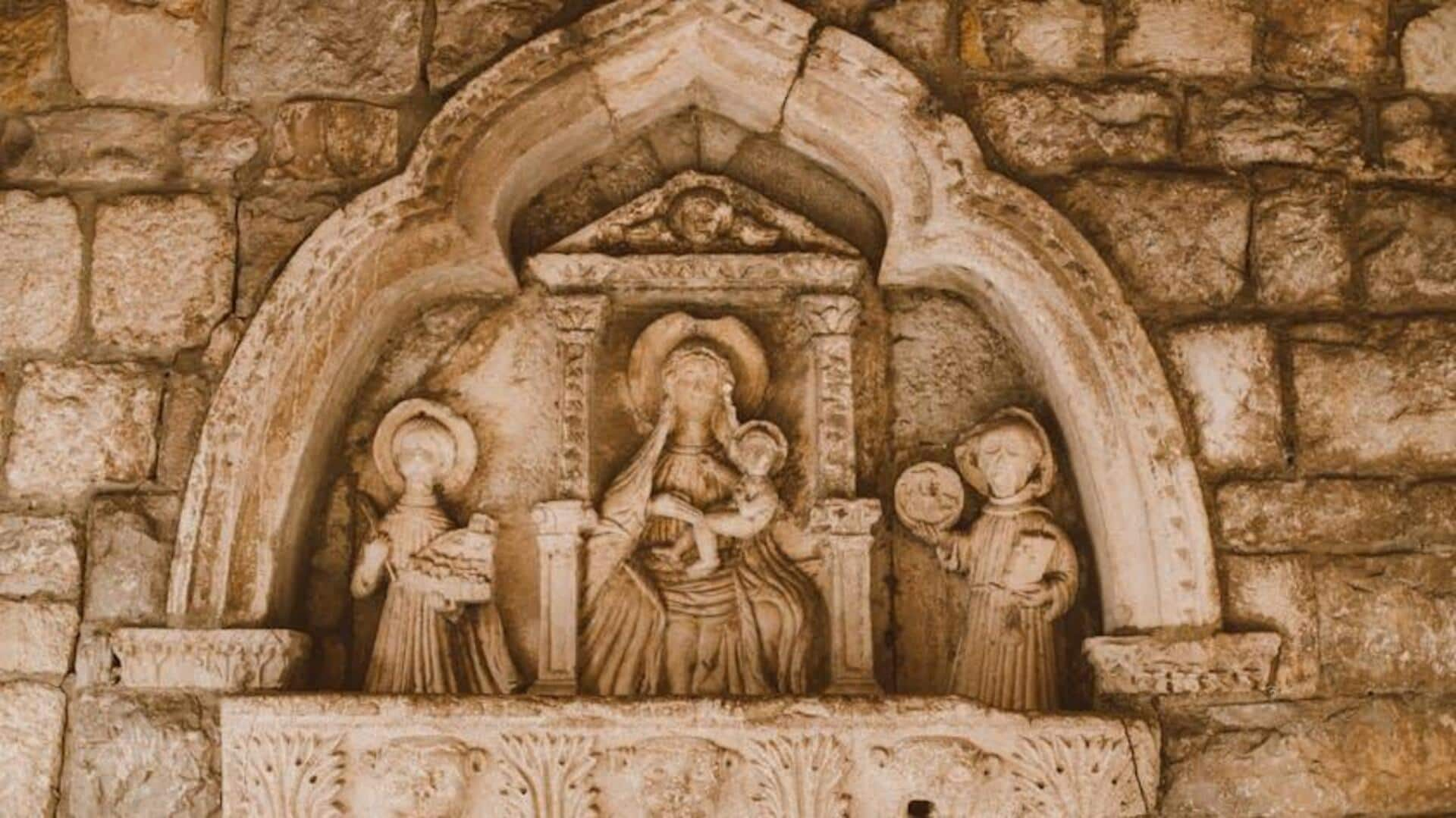
Exploring Azerbaijan's ancient art
What's the story
Azerbaijan, at the crossroads of Eastern Europe and Western Asia, boasts ancient petroglyphs. These rock carvings reveal the lives of people from thousands of years ago. With hunting scenes and celestial observations, each site shares a unique story of human history and creativity. This art provides insights into the daily and spiritual lives of ancient communities.
Gobustan
Gobustan National Park's rock gallery
Gobustan National Park, recognized as a UNESCO World Heritage site near Baku, houses over 6,000 petroglyphs. These ancient artworks, dating from between 5,000 and 40,000 years ago, illustrate the daily activities of early humans. They include depictions of dancing figures and the animals they hunted. This open-air museum not only provides a window into prehistoric life but also features breathtaking natural landscapes.
Qobustan Reserve
Mysteries of Qobustan Reserve
Adjacent to Gobustan National Park lies the lesser-known Qobustan Reserve. While it shares some similarities with its neighbor, it offers a more secluded experience for visitors interested in ancient art. The reserve's petroglyphs are remarkably well-preserved and feature scenes of ritual dances and boat images that hint at the importance of water in these ancient communities.
Gemigaya
Gemigaya Mountain's ancient scripts
Nestled in the Nakhchivan Autonomous Republic, Gemigaya Mountain stands as a captivating site, home to ancient petroglyphs. Unlike mere illustrations, these engravings are believed to represent an ancient script. They offer profound insights into the early communication methods and cultural practices of Azerbaijan's inhabitants. This discovery highlights the sophisticated ways in which early communities in Azerbaijan documented their experiences and knowledge.
Shakhtakhti
The enigma of Shakhtakhti rock carvings
In the remote village of Shakhtakhti, located in northwestern Azerbaijan, a collection of enigmatic rock carvings has intrigued historians for many years. These petroglyphs stand out because they feature abstract symbols, the meanings of which are still largely unknown. This element of mystery enhances the allure for visitors eager to delve into aspects of humanity's past that remain unexplained.
Zarat Cave
Zarat Cave's hidden artwork
Zarat Cave, in southern Azerbaijan, showcases secluded petroglyphs featuring wild goats, highlighting their prehistoric importance as food or symbols. This unique site allows visitors to explore ancient art away from crowded areas, offering a glimpse into our ancestors' lives through symbolic expressions. It's an opportunity to connect with the artistry and symbolism of early human communities.